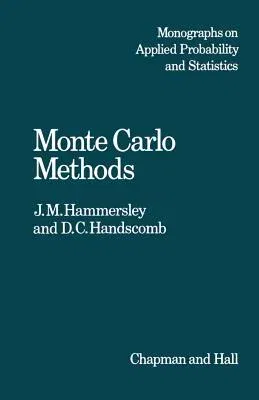J Hammersley
(Author)Monte Carlo Methods (Softcover Reprint of the Original 1st 1964)Paperback - Softcover Reprint of the Original 1st 1964, 2 October 2011

Qty
1
Turbo
Ships in 2 - 3 days
In Stock
Free Delivery
Cash on Delivery
15 Days
Free Returns
Secure Checkout
Part of Series
Monographs on Statistics and Applied Probability
Print Length
178 pages
Language
English
Publisher
Springer
Date Published
2 Oct 2011
ISBN-10
9400958218
ISBN-13
9789400958210
Description
Product Details
Author:
Book Edition:
Softcover Reprint of the Original 1st 1964
Book Format:
Paperback
Country of Origin:
NL
Date Published:
2 October 2011
Dimensions:
19.84 x
12.85 x
1.02 cm
ISBN-10:
9400958218
ISBN-13:
9789400958210
Language:
English
Location:
Dordrecht
Pages:
178
Publisher:
Weight:
190.51 gm

